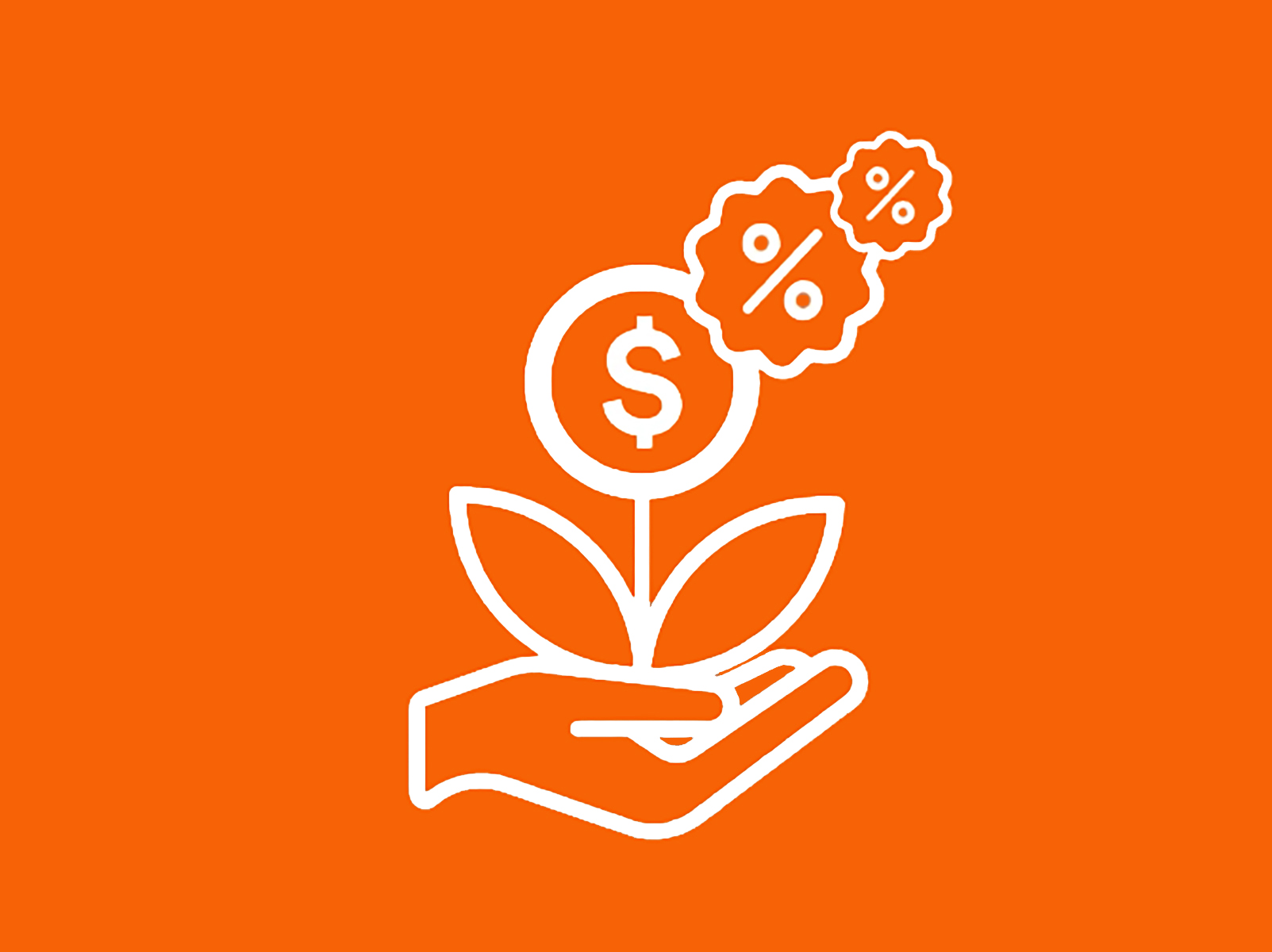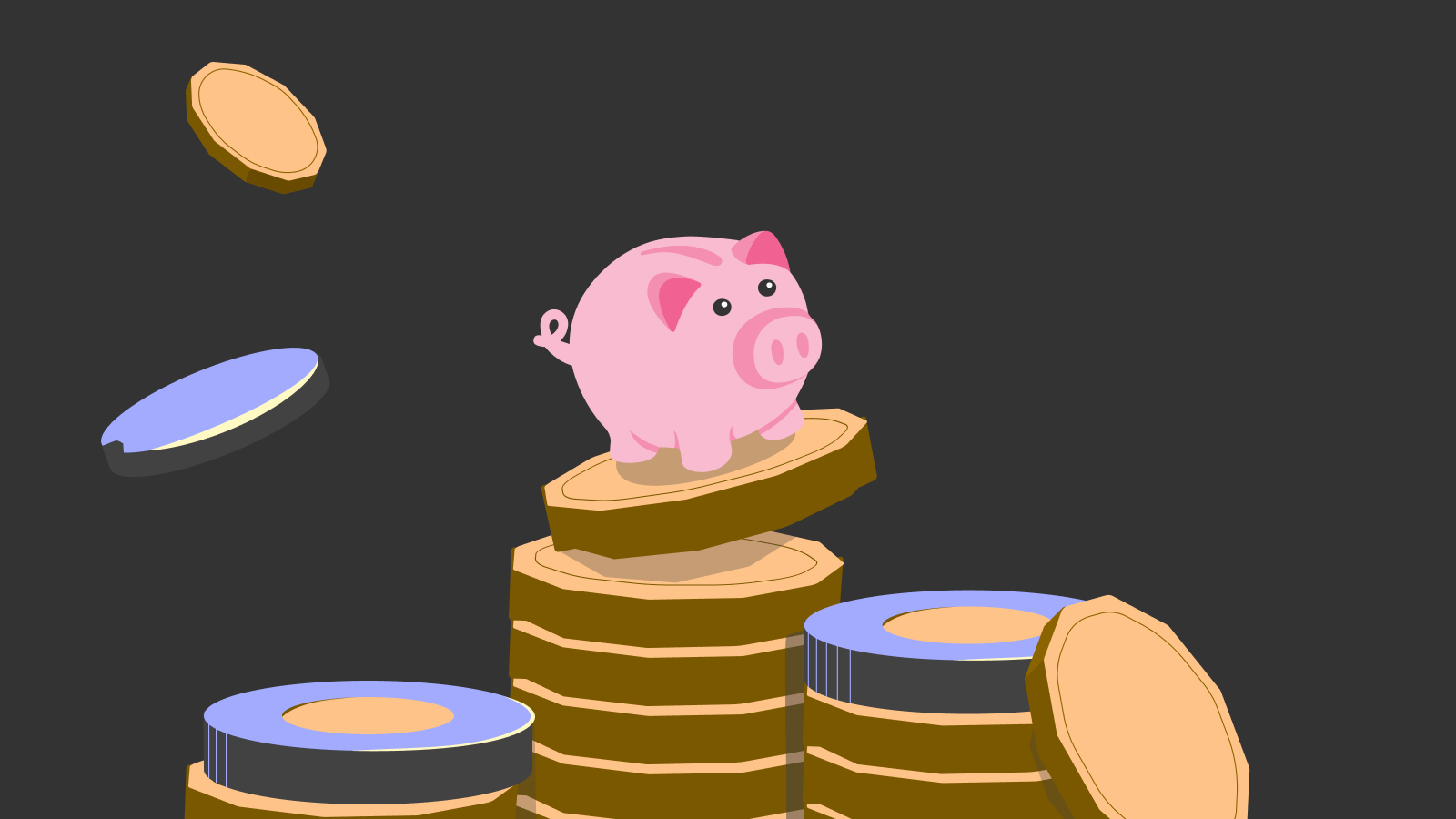Tax credit vs. tax deduction: what’s the difference?
You work hard for your money, and in this era of lingering inflation and high interest rates, every dollar counts. One way to keep more of your hard-earned money is to minimize your taxes by claiming every tax deduction and credit you're entitled to when you file your personal income tax return. (If you prepare your taxes using tax filing software, the software will guide you.)
What's a tax deduction?
Certain expenses and amounts can be subtracted from your total income (including employment, self-employment and investments) to determine your net income. These are tax deductions.
You may also be able to claim additional deductions from your net income to arrive at your taxable income. Your taxable income determines how much tax you owe.
Examples of tax deductions include:
- Registered Pension Plan (RPP) deductions
- Retirement Savings Plan (RSP) deductions
- Union or professional dues
- Child care expenses
- Carrying charges and interest
- Moving expenses
- Non-capital losses of other years
- Capital gains deduction
And you may be able to deduct business expenses, such as advertising or bank charges if you're self-employed and report business or professional income on CRA Form T2125.
What's a tax credit?
A tax credit doesn't reduce your taxable income. Instead, it lowers the amount of taxes you might otherwise owe. Here's how it works.
To calculate the federal income tax you owe, your taxable income is divided up into different brackets. Tax brackets are ranges of taxable income, with different tax rates associated with each range that get progressively higher. Tax is calculated for each bracket using that bracket's tax rate and then summed. More deductions mean lower taxable income, and lower taxable income means less tax owing.
Here are the federal income tax brackets for 2023.
| Tax bracket | Tax rate |
|---|---|
| $53,359 and below | 15% |
| $53,360 to $106,717 | 20.5% |
| $106,718 to $165,430 | 26% |
| $165,431 to $235,675 | 29% |
| $235,676 and above | 33% |
But this doesn't indicate the amount of tax you actually pay, or the refund you may be entitled to, when you file your tax return.
To calculate the amount you will pay to (or receive from) the Canada Revenue Agency (CRA), the tax you owe is reduced by any tax credits you're entitled to, as well as taxes deducted by your employer or installment payments you made during the year.
If the amount is positive, you owe the balance. If it's negative, you'll receive a refund. The Federal Government then collects that tax on behalf of the province/territory.
Note that calculating how much provincial/territorial tax you owe is similar in every province/territory other than Quebec. Taxpayers who live in Quebec must file a separate provincial tax return with Revenu Quebec.
For a detailed example, refer to the CRA tool, Completing a basic tax return, which takes you through what you need to report, how to claim deductions and tax credits, and how to find out whether you'll get a refund or owe tax.
What types of tax credits are available in Canada?
There are two types.
1. Non-refundable tax credits
A non-refundable tax credit reduces the amount of taxes you might otherwise owe, but if the total of these credits exceeds that amount, you won't get a refund for the difference.
Generally, the federal non-refundable tax credit is 15% multiplied by certain eligible amounts. Many federal non-refundable tax credits have an equivalent that reduces your provincial or territorial tax owing. Examples of eligible amounts include the following:
- Basic personal amount
- Spouse or common-law partner amount
- Amount for an eligible dependant
- Canada Pension Plan (CPP) or Quebec Pension Plan (QPP) contributions through employment
- Employment Insurance (EI) premiums through employment
- Tuition amount
- Medical expenses
Certain charitable donations are also eligible for non-refundable tax credits, but the calculation isn't the same as for the credits mentioned above.
2. Refundable tax credits
A second, less common type of tax credit, called a refundable tax credit, is available to eligible taxpayers. They're first applied to reduce the amount of tax you owe, with any remaining credit refunded to you.
Examples of refundable tax credits include:
- Canada workers benefit
- Canada training credit
Does a tax credit mean I get money back?
It depends on your personal tax situation, including the amount of tax otherwise owing and the types of credits you're entitled to. For example, assume that based on your taxable income, you owe $5,000 in federal tax. If your non-refundable tax credits total less than $5,000, say $3,000, then you would owe $2,000. If your non-refundable tax credits total more than $5,000, say $7,000, you can only bring your tax down to $0. As their name suggests, non-refundable tax credits don't produce a refund of $2,000.
If, on the other hand, you owe $5,000 in tax, have $3,000 in non-refundable tax credits and $4,000 in refundable credits, you'd be entitled to a refund of $2,000 ($5,000 - $3,000 - $4,000 = -$2,000. Both examples assume that no taxes are withheld at source and no installments are made.)
Which is better, a tax deduction or a tax credit?
It depends, of course. Each works in different ways to reduce the taxes you owe.
But because tax deductions lower your taxable income, they're more valuable to taxpayers in higher tax brackets than those in lower tax brackets.
For example, an RSP deduction of $10,000 would be worth $2,900 to someone in the 29% tax bracket, compared to $2,050 to someone in the 20.5% tax bracket.

